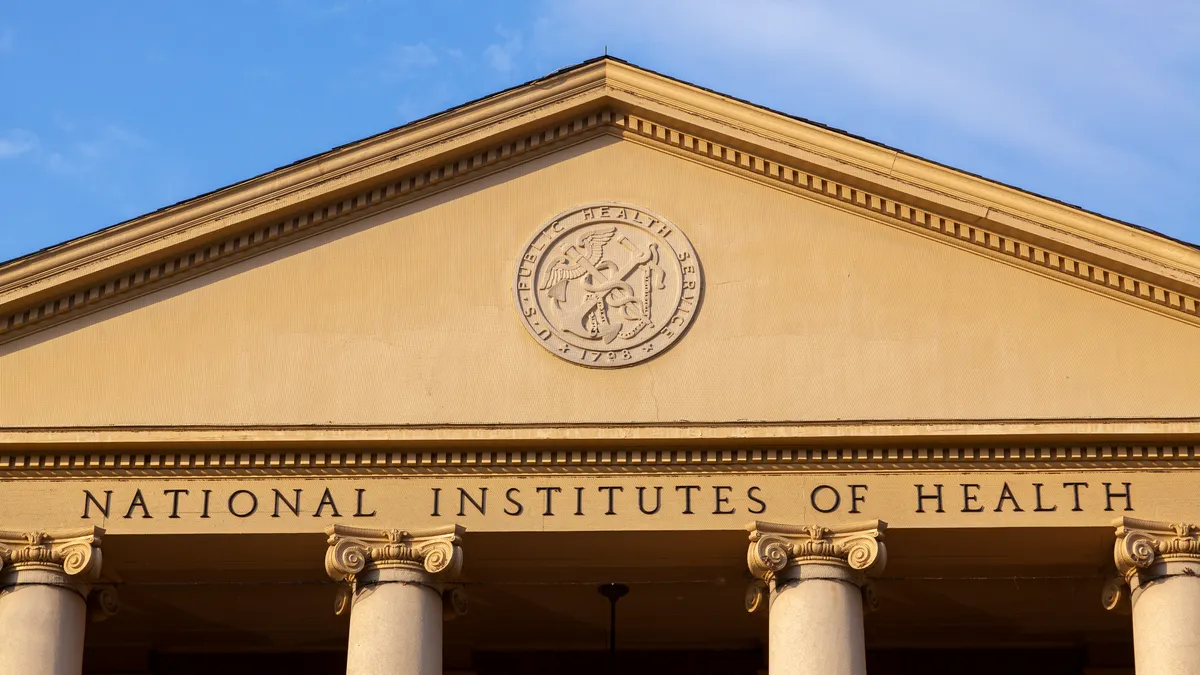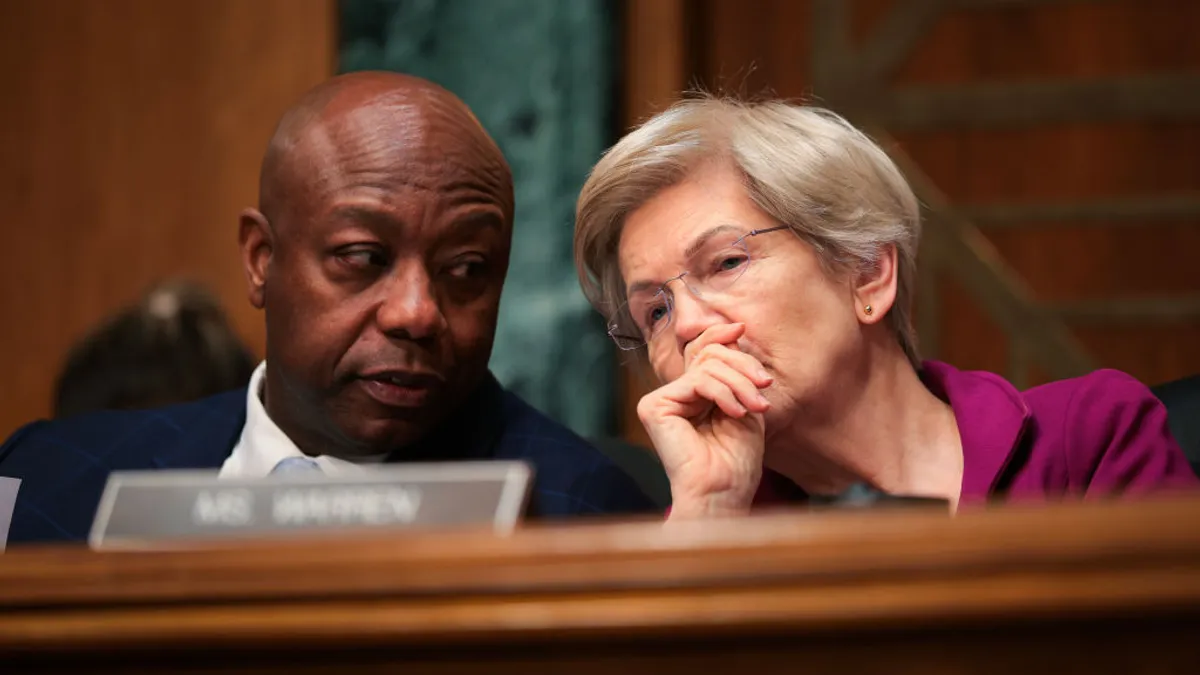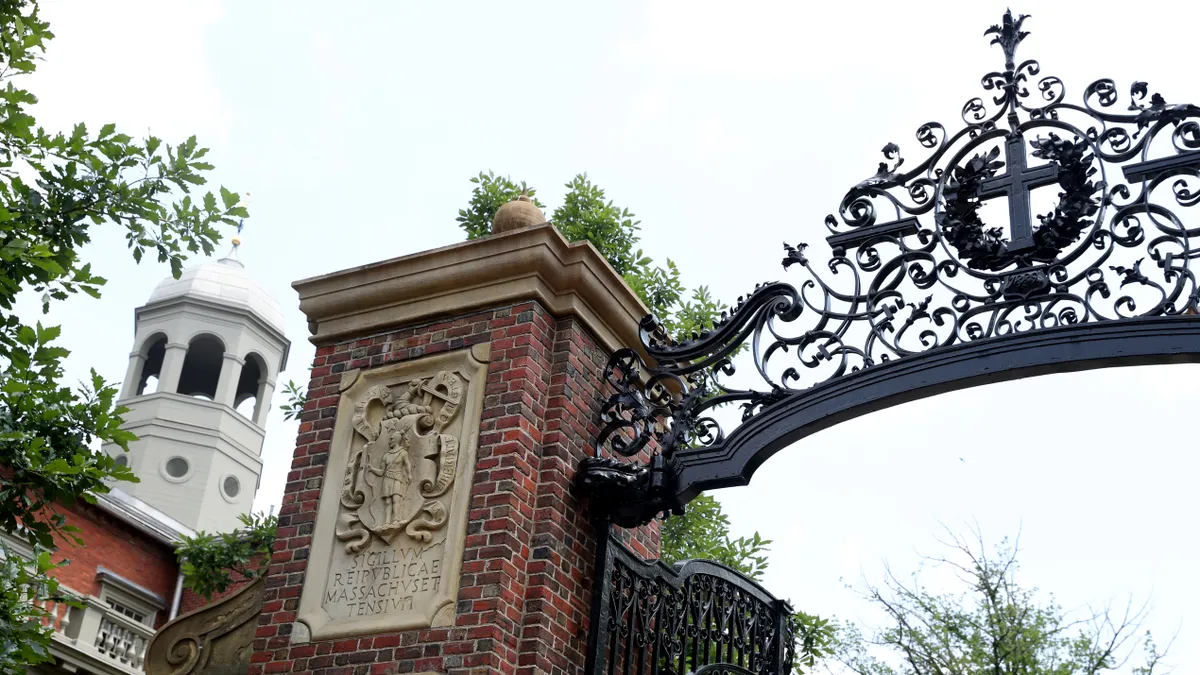The federal government’s student financial aid system has long come under fire, drawing a range of accusations: the U.S. Department of Education is lax in monitoring loan servicers, loan forgiveness is difficult for borrowers to secure, students are shepherded into plans that make little sense for their financial circumstances.
These criticisms took on new fervor as the Biden administration began to rework federal financial aid and approved more than $18.5 billion in loan discharges for more than 750,000 borrowers. The White House is also reportedly considering using executive action to grant broader loan forgiveness.
In light of these discussions, the National Association of Student Financial Aid Administrators, along with a cadre of 21 higher education organizations, developed recommendations to improve the federal loan system. More than two-dozen resulting suggestions range from how to streamline loan plans to how to better oversee servicers.
We’ve summarized some of NASFAA’s recommendations, which are being released in a report Monday. They encompass three major areas: loan servicing, loan repayments and defaults.
The policy recommendations might not affect all of colleges’ day-to-day operations, but they could influence the functioning of a vast student aid system that feeds into one of college leaders' key concerns — public perception of higher ed.
Student loan servicing
One of the top priorities for the Education Department’s Federal Student Aid Office should be to draft a manual of student loan servicing practices, the report states. Policies on loan servicing are rooted in federal law and regulation, but many are left open to the interpretation of FSA, it says.
No single source exists outlining these requirements, which likely has resulted in inequitable treatment of borrowers, according to the report. Should FSA develop such a repository, it should require loan servicers to adhere to its provisions through contracts with those servicers.
NASFAA is also calling for FSA and state regulators to collaborate to supervise loan servicers, partially in an attempt to gauge whether agencies are duplicating this work.
The organization notes little coordination has historically occurred among state and federal entities that have a role in servicer oversight. NASFAA suggests forming a compact to govern loan servicers across state lines, beginning with an audit guide.
The association also wants several reviews to be conducted. One by the U.S. Government Accountability Office, a Congressional watchdog, of FSA, would determine whether the office has enough flexibility in procuring servicer contracts. FSA should also hire a consultant to analyze “the true cost” of offering quality loan servicing, and it should improve data available about the federal student loan portfolio and servicing, NASFAA said.
Loan repayments
Part of NASFAA’s recommendations for loan plans revolves around simplifying the system. Its report said that the Education Department should create only three types of plans: an income-driven one, a standard decade-long plan and an extended 25-year plan.
The last option should only be available to borrowers with more than $30,000 in debt, the report states.
A single income-driven plan, which as the name suggests bases monthly payments on salary, should be the default for borrowers who are starting payments, the report states. borrowers with a tax return on file could seamlessly enroll in an income-driven plan, while others would have to self-certify their income.
Generally, monthly payments in income-driven plans are determined by a borrower’s discretionary income, defined as the difference between their income and 150% of the federal poverty guidelines.
Raising that threshold to 200% would ensure less of borrowers’ earnings would be included in discretionary income and result in lower payments, according to the report. It called for undergraduate and graduate students to have access to these simplified income-driven plans.
NASFAA also wants to drastically lower interest rates for all direct loans — those made by the Education Department — which would promote college access. It suggested the department should create a structure for limiting borrowing totals available to graduate students, professional students and parents. And it should eliminate student loan origination fees, deemed a “loan tax.”
Finally, NASFAA is calling for the Public Service Loan Forgiveness program to be revamped. The initiative allows some borrowers in jobs like government work and nursing to have their loans forgiven after a decade of on-time payments. However, bureaucratic hoops have made it notoriously challenging to receive debt relief under the program.
The organization suggests borrowers should receive $5,000 in debt forgiveness for every two years in a public service job. And more types of loan plans should be eligible for the program, the report states.
Loan defaults
NASFAA notes those most likely to default on student loans are some of the most vulnerable borrowers, including those from low-income backgrounds, those who don't complete a postsecondary credential, and those who are members of racial minority groups. Borrowers go into default when they miss 270 days of required payments, and the status can carry a host of negative consequences such as lost eligibility for income-driven repayment plans, damage to their credit reports, garnished wages and collection fees.
The Education Department should allow borrowers to enroll in income-driven plans before they enter default, when possible, NASFAA states. And the agency should develop additional safety nets for those who are still at risk of defaulting if they enter an income-driven plan.
This could occur by devising a process in which borrowers can request changes to their monthly payments in certain circumstances, the report states. A similar process exists for borrowers who experience changes to their income levels, but this should be expanded to include scenarios like having to pay for childcare or elderly care.
Debt collection mechanisms should only be relied on in “extreme circumstances,” the report states. The Education Department could also delay reporting default status to credit agencies to give borrowers extra time to reach good standing.






















